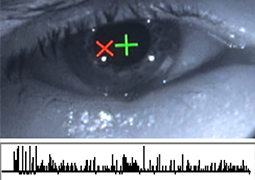Aims: This systematic review aimed to investigate whether quantitative metrics derived from gaze tracking (GT) outputs during visual field (VF) testing with an automated perimeter could enhance the evaluation of test reliability.
Materials and Methods: A systematic search of PubMed, Cochrane, LILACS, and IBECS databases, from inception to August 31, 2024, was conducted.
Results: Eight studies – four cross-sectional and four cohort – met the inclusion criteria, comprising 8,181 visual field tests from 3,687 patients. The studies were categorized based on testing strategy: SITA Standard, Fast, and Faster. In the SITA Standard group, GT parameters were associated with visual field result reproducibility and the structure-function relationship in glaucoma, but were influenced by ocular surface variables. In the SITA Fast and Faster group, results were mixed: some studies suggested GT metrics could complement conventional reliability parameters, while others concluded that GT quantitative metrics did not offer clinically meaningful insights beyond existing methods.
Conclusion: GT trace quantification shows promise as an objective reliability parameter for VF testing, particularly within the SITA Standard framework. Advanced image analysis techniques, including artificial intelligence, could facilitate automated GT parameter quantification, streamlining processes and supporting further studies to evaluate their impact on VF data reliability and clinical decision-making.

